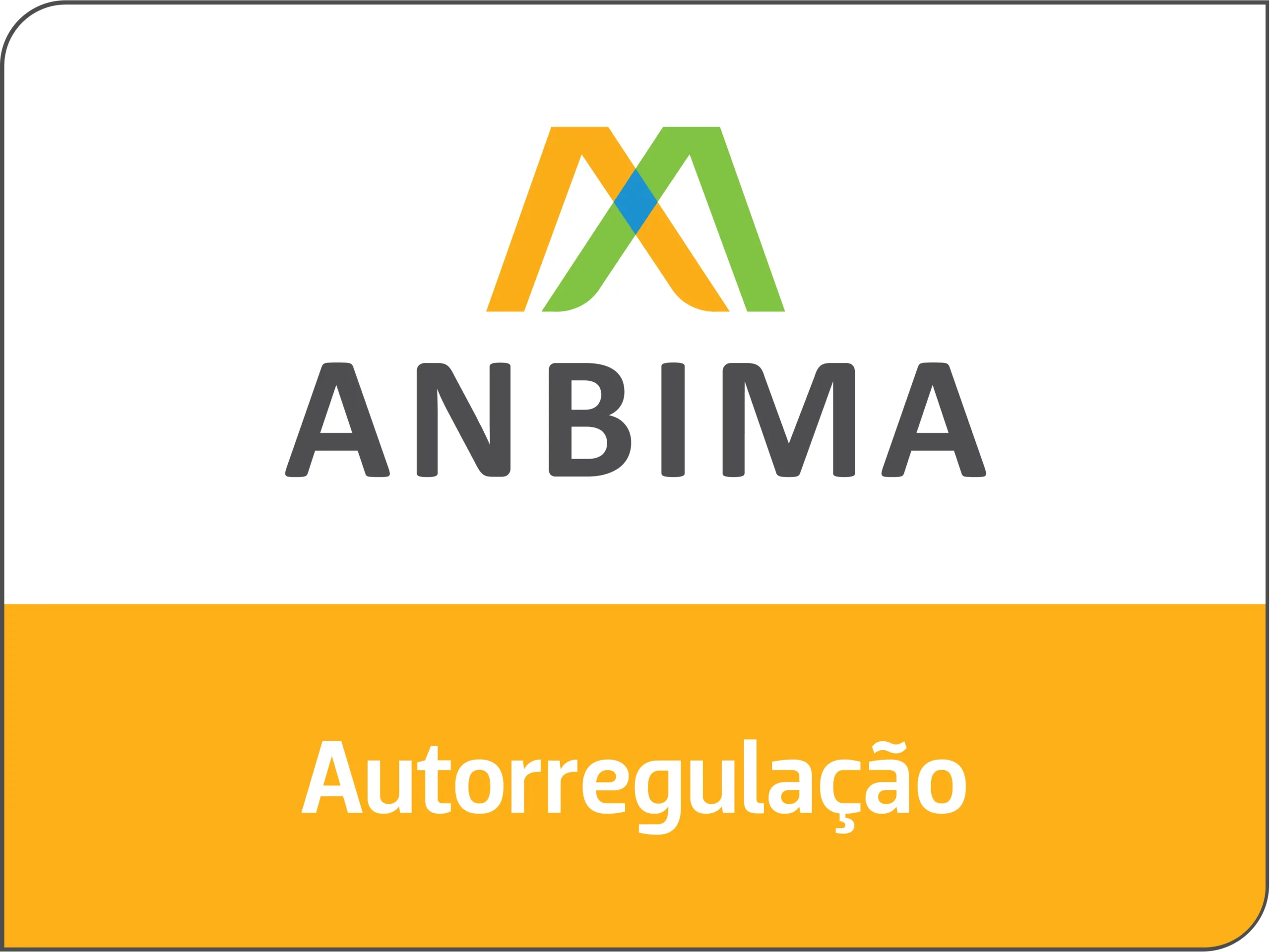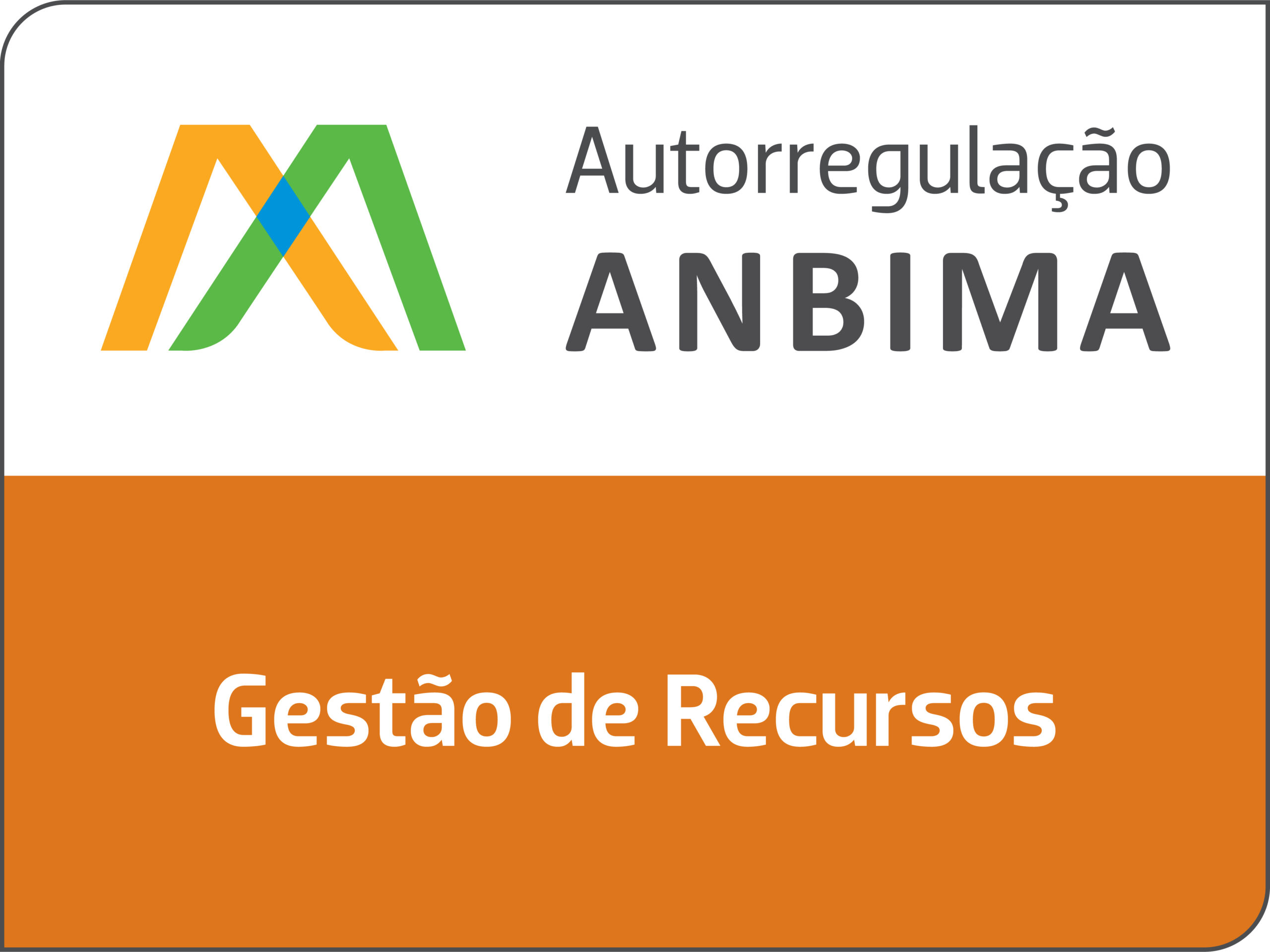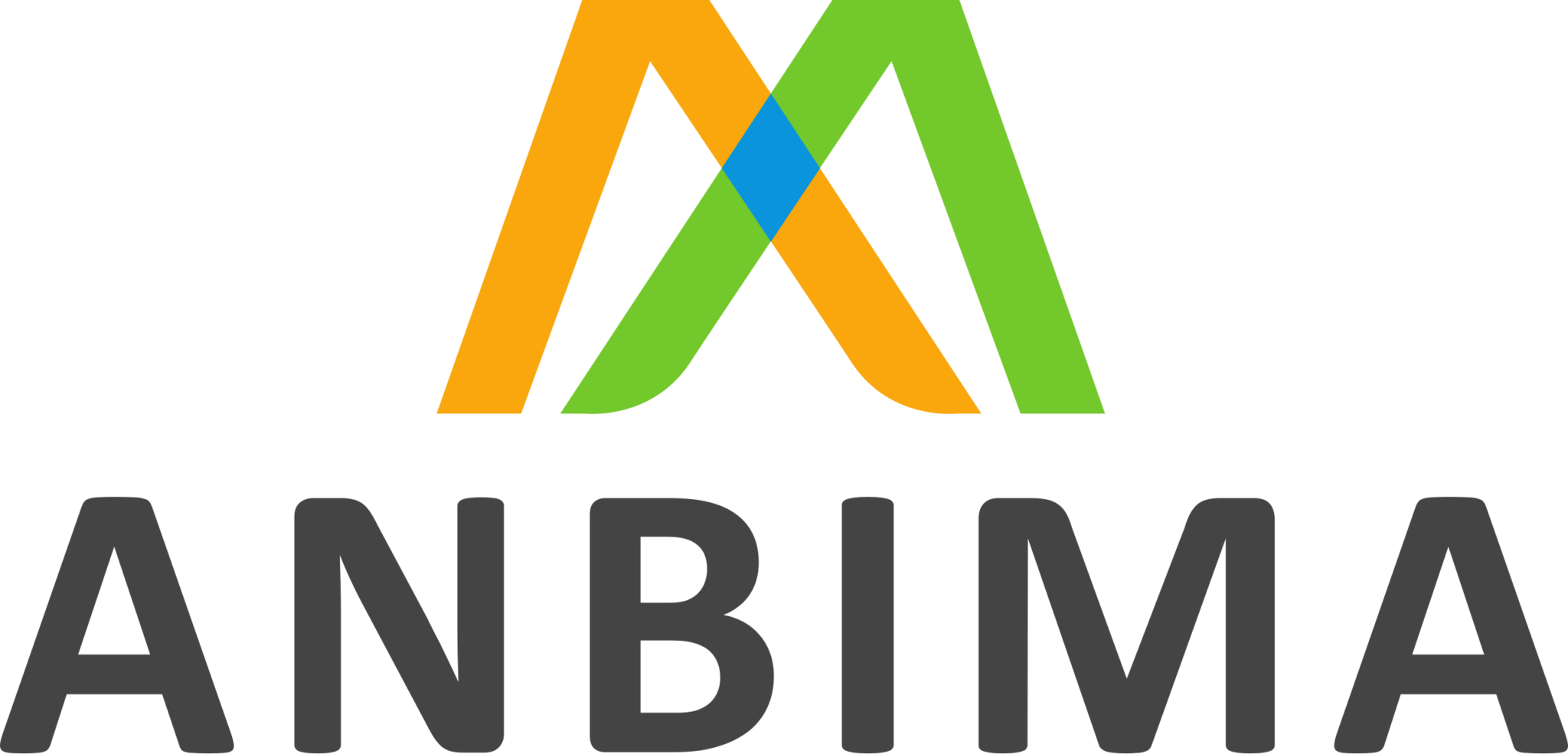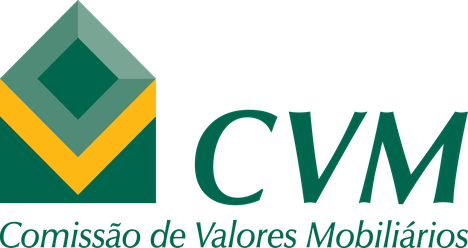Efficient financial management is the backbone of any successful company.
Among the various management tools, cash flow stands out as one of the most essential, because it allows the control of cash inflows and outflows, ensuring that the business has sufficient resources to honor its commitments and continue growing.
Let’s understand the benefits of this control and how the transfer of receivables via FIDC (Investment Fund in Credit Rights) can further enhance this management.
What is cash flow and why control it?
Cash flow is a financial management tool that allows you to record all the intakes (such as sales and customer receipts) and outflows (such as payment of suppliers and operating costs) of a company in a given period.
This control is essential for the manager, as it provides a clear view on the financial health of the business and allows effective planning.
Benefits of cash flow control:
1. Financial predictability: By tracking cash flow, the company can anticipate possible financial gaps and act in advance, adjusting its payments and receipts. This avoids surprises, such as the lack of resources to pay suppliers or salaries.
2. Better management of expenses: The control of cash flow allows to identify excessive or unnecessary expenses, helping the company to cut costs and optimize its resources.
3. Informed decision-making: By having a clear view of the financial situation, the entrepreneur can make more assertive decisions about investments, hiring new employees, expanding products or services, among others.
4. Financial stability: Companies that maintain an organized cash flow have more financial stability. This means that even in times of low sales or seasonality, the business can remain balanced and avoid the accumulation of debts.
5. Ease in negotiations with suppliers and customers: When cash flow is well managed, the company can negotiate more favorable deadlines with suppliers and avoid late payments. This also allows us to offer better conditions for clients without compromising financial health.
How does FIDC enhance cash flow control?
The FIDC (Credit Rights Investment Fund) is a financial solution that can contribute significantly to the control of the cash flow of a company.
This fund allows the company to anticipate the receipt of its credits (receivables) by selling them to
an investment fund, which offers advantages for both the company and investors.
How FIDC can improve cash flow control:
1. Anticipation of receivables: One of the main advantages of FIDC is to allow the company to anticipate amounts that would still be received from its customers in the near future. With this, the company’s working capital becomes more robust, allowing it to pay its expenses on time and take advantage of investment opportunities without having to wait for customers’ payment deadlines.
2. Increased liquidity: By transferring its receivables to the FIDC, the company has immediate access to cash, which increases its liquidity and facilitates cash flow management. This is especially useful in periods of seasonality or financial crises, when cash flow tends to decrease.
3. Reducing the risk of default: Anticipating receivables through FIDC can reduce the risk of default, as the company receives payment for its sales without having to wait for customers to meet their deadlines. This also reduces the pressure on the collection department and allows the company to focus more on its operations.
4. Improved financial planning: FIDC contributes to more efficient financial planning, because the company knows exactly how much it will receive in each period, which facilitates the prediction of future flows. This helps you make strategic decisions with greater confidence.
5. Ease of maintaining the operation without dependence on loans: With FIDC, the company does not need to resort to expensive credit lines and high interest rates, because it can anticipate the receipt of its invoices directly. This reduces the reliance on banks and other financial institutions to finance working capital.
How to implement cash flow control and FIDC?
1. Use management tools: In addition to adopting manual control practices, such as the use of spreadsheets or cash flow software, the company can invest in more robust systems, such as financial ERPs, which centralize all information and automate processes, avoiding human errors and making management more efficient.
2. Be aware of the cycle of receipts and payments: Closely monitor the due dates of your invoices and the expected receipt. With FIDC, the company can anticipate some of these receivables, but it is essential to have a strict control to avoid surprises and ensure good relations with customers and suppliers.
3. Trade with FIDC in advance: Before facing a financial squeeze, the company can negotiate with institutions that offer this type of fund, creating a relationship of trust and understanding better the conditions and costs of anticipation.
If you are looking for an efficient and customized solution to enhance your company’s cash flow control, Okean Invest FIDCs are the ideal choice.
With the expertise of Okean Invest, your company can count on a FIDC structure that provides greater financial security, more predictability and a more assertive planning, allowing you to focus on the growth and success of your business, generating financial and tax gains.







